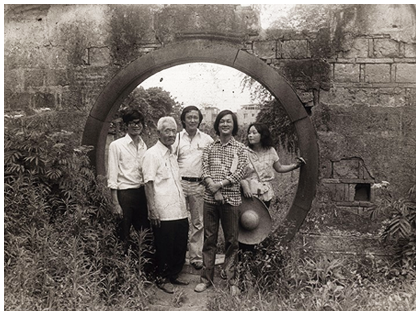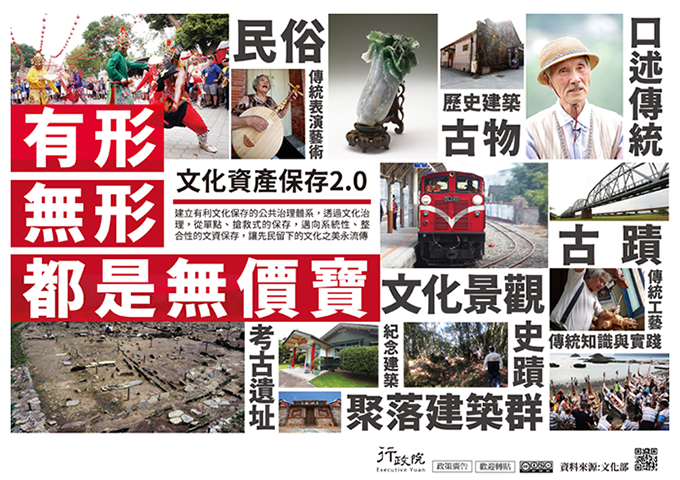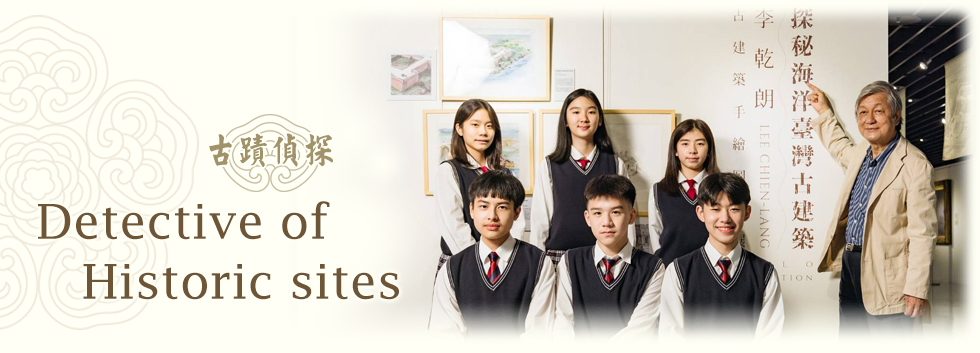Organized by Christina Lee
Traditional Building Maintenance
Introduction
Taiwanese historian Lin Heng-Dao once said: “Every plant and tree in Taiwan is a historic site.” Indeed, these historic sites are worth cherishing and protecting. As the most authoritative ancient architecture researcher in Taiwan, Professor Li Chien-Lang has contributed a lot to the study of historic sites. What is more, his enthusiasm for maintaining traditional buildings began to sprout even before the government gave importance to historic sites.
The Journey of Preserving Historic Sites ─ Professor Li Chien-Lang |
|
| 1960s | ◆ Enthusiasm ignited |
|
|
| 1970s | ◆ Awareness of historic site preservation slowly emerged in Taiwan, but the spread of awareness was suppressed by economic development |
| 1971s | ◆ Silent devotion |
|
|

Temple Sketch (1974)
Source: Professor Li Chien-Lang

Renovation of the Lin Family Mansion and Garden (1978)
Source: Professor Li Chien-Lang

Ancient City Fieldwork in Hengchun (1978)
Source: Professor Li Chien-Lang

Lecture: Landscape Change at Tamsui
Source: Detective of Historic sites
| 1981s | ◆ Commissioner of the Historical Site Review Committee of the Council for Cultural Affairs (CCA) |
|
|
 |
|
| Source: Ministry of Culture ▲ |
| 1994s | ◆ Promoting new thinking |
|
Conclusion
Professor Li Chien-Lang once said that “ancient buildings are a bridge for modern people to communicate with the past, and they can show the traces of people’s lives in the past.” Innovation does not mean fighting against everything built in the past. What the government and the people must do together is to integrate the buildings of the past and the present to maintain the beauty of Taiwan’s culture.
- https://www.tph.moj.gov.tw/4421/4663/4669/806379/post
- http://www.bp.ntu.edu.tw/wp-content/uploads/2015/04/09-1.-臺灣的古蹟保存:一個批判性回顧-夏鑄九.pdf
- https://tlife.thsrc.com.tw/tw/article/1217
- https://zh.m.wikipedia.org/zh-tw/社區總體營造
- https://tamsuilf2014.weebly.com/26368260322804024687/11

